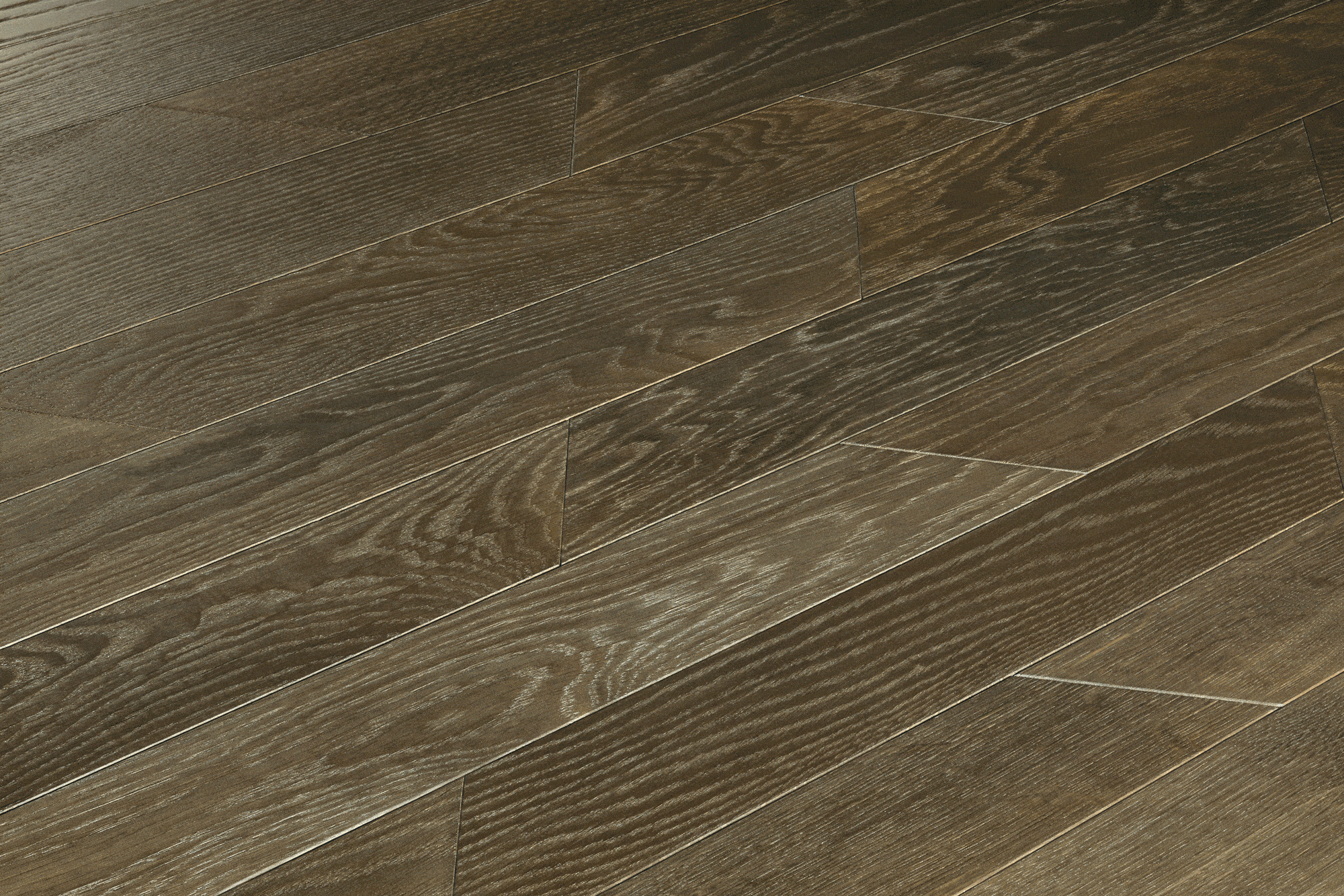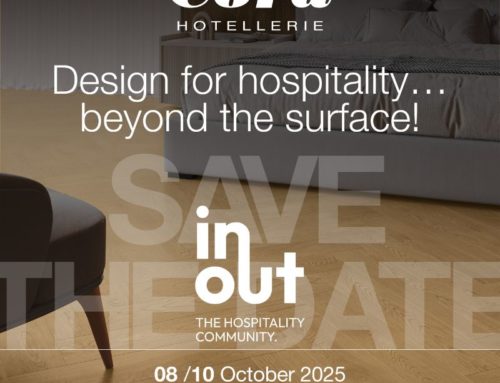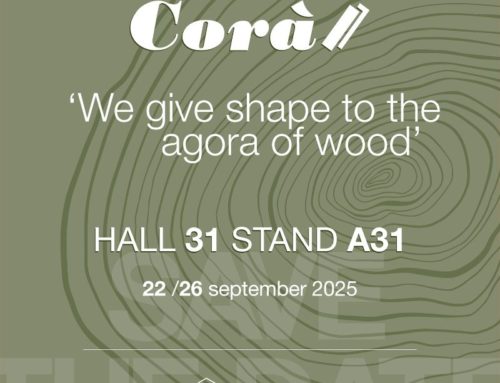It plays with lines to make every room regal, and does what it wants with lights and atmosphere.
Herringbone parquet is truly the king of the wood flooring types that we can choose for our homes. A true classic, timeless, that has made the fascination of palaces and ancient villas even more eternal. And the mind obviously goes to the splendours of Versailles.
But do not call it “old”: this laying technique has become very fashionable among the new trends of interior design. Why? Because it has numerous laying variations that give a unique aesthetic effect, but mostly because its elegance, which blends perfectly with classic styles, literally exalts when contrasted with modern furnishings.
And we might as well say it: choosing a pattern that is outside the lines is a detail which immediately shows your guests the sophisticated attention you paid when creating your home.
Herringbone, many laying patterns
As already mentioned, there are many different herringbone laying patterns to choose from. The most famous ones are 90° laying (Italian) and 45° laying (Hungarian). But Corà Parquet proposes some even more original patterns, like broken arrow laying, brickbond laying and casual brickbond laying.
90° laying
This is the most traditional style, and for this reason it is also called classic. The boards are rectangular and all the same, positioned at right angles to each other. It takes its inspiration from ancient Roman roads, whose stones were laid in this manner. Starting from the 17th century, this laying style spread to being used inside castles and homes of the Italian and European high society.
Because of the expanse of the angle, it is greatly appreciated in large-sized areas.
According to the play of luminous reflections to be created, it can be directed parallel or perpendicular to windows and the room entry point.
45° laying
With this type of laying the heads (the short sides) of the blocks are cut at a 45-degree angle. When united at the heads, they form a continual line at both ends, giving a refined effect that offers a regular sense of order in movement.
This play is perfect for small spaces that do not want to relinquish the elegance of herringbone. Indeed, the pattern division makes rooms seem visually more spacious.
Broken arrow laying
Even with broken arrow laying the heads of the blocks are cut at a 45° angle, but it is their long side that follows the spatial dimensions of the room while the short sides, positioned alternately, form a serrated line that is parallel to the laying direction.
A pattern of this type emphasises long areas, such as corridors or halls.
Brickbond laying
In this case the blocks are staggered. This laying style, a variant also used with the most classic rectangular boards, becomes herringbone if the block heads are cut at an angle of 45°.
The result is a pleasant compromise between the linearity of traditional patterns – the blocks do not create angles between them – and that touch of movement given by the angularity they generate with each other.
When laying in a brickbond pattern, the head of each block reaches the midpoint of the length of the blocks above and below it. Casual laying, instead, with the blocks being placed horizontally, does not follow a pattern.
If you like striking the eye, but elegantly, you cannot go wrong in any room if you choose this laying style.
Our recommendation: Ethico, a parquet “jewel”
Naturally, you need the right wood if you want to follow an important laying pattern like herringbone. You need something that keeps the visual effect of movement alive, and if possible something that brightens the jagged light of the block patterns even more.
This is why Ethico is always the right choice. It is our parquet from the Evo Garant line tha is finished with gold and silver powder, which transforms every room into a true jewel.
Your home can become your manor.










